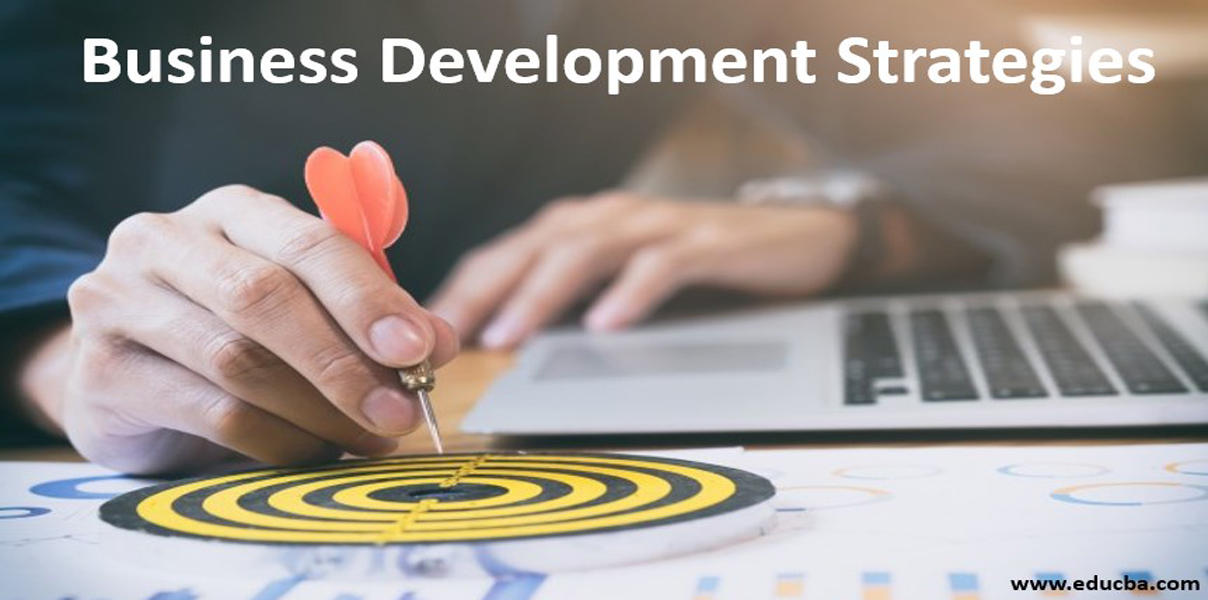Developing a business strategy requires creating and evaluating various concepts that will help you achieve your goals and vision. However, not all concepts are equally valuable or viable, so they must be prioritized based on their impact, direction, and feasibility. How can you do this effectively? Here are some methods and tools to help you prioritize concepts that will have the greatest impact as you develop your business strategy.
identify criteria
Before evaluating a concept, criteria must be defined to guide the decision-making process. These criteria should reflect strategic objectives, customer needs, market opportunities, and organizational capabilities. For example, criteria such as customer value, competitive advantage, financial return, strategic fit, innovation potential, and implementation feasibility can be used. You can also assign different weights to each criterion depending on its importance or urgency.
Using the scoring matrix
A scoring matrix is a simple tool that allows you to compare and evaluate concepts based on the criteria you identify. You can create a table with concepts as rows and criteria as columns, and assign each cell a numeric rating (for example, 1 to 5) based on how well each concept meets each criterion. The scores are then weighted and summed to obtain a total score for each concept. The higher the score, the higher the priority.
Apply a prioritization framework
A prioritization framework is a more visual and qualitative tool that allows you to categorize concepts based on two or more aspects. For example, you can use an impact and effort matrix. It plots concepts along two axes: impact (amount of value produced) and effort (amount of resources required). This is what concepts are quick wins (high impact, low effort), major projects (high impact, high effort), add-ons (low impact, low effort), and hard sells (low impact, high effort). helps identify. .
check your assumptions
Once you have prioritized your concepts, you need to validate your hypotheses and test your hypotheses. We do this by conducting market research, customer feedback, prototyping, and experimentation. These methods help gather evidence and data that support or challenge concept evaluations and categories. You can then adjust your priorities based on new information and insights gained.
Review and improve your priorities
Concept prioritization is not a one-time effort, but an ongoing process that requires continuous review and refinement. The performance and progress of the concept should be monitored and its impact and feasibility assessed regularly. You should also consider changes in market conditions, customer preferences, and competitive dynamics that may affect your strategy. You should be prepared to re-evaluate your priorities and add new concepts or discard old ones as needed.








